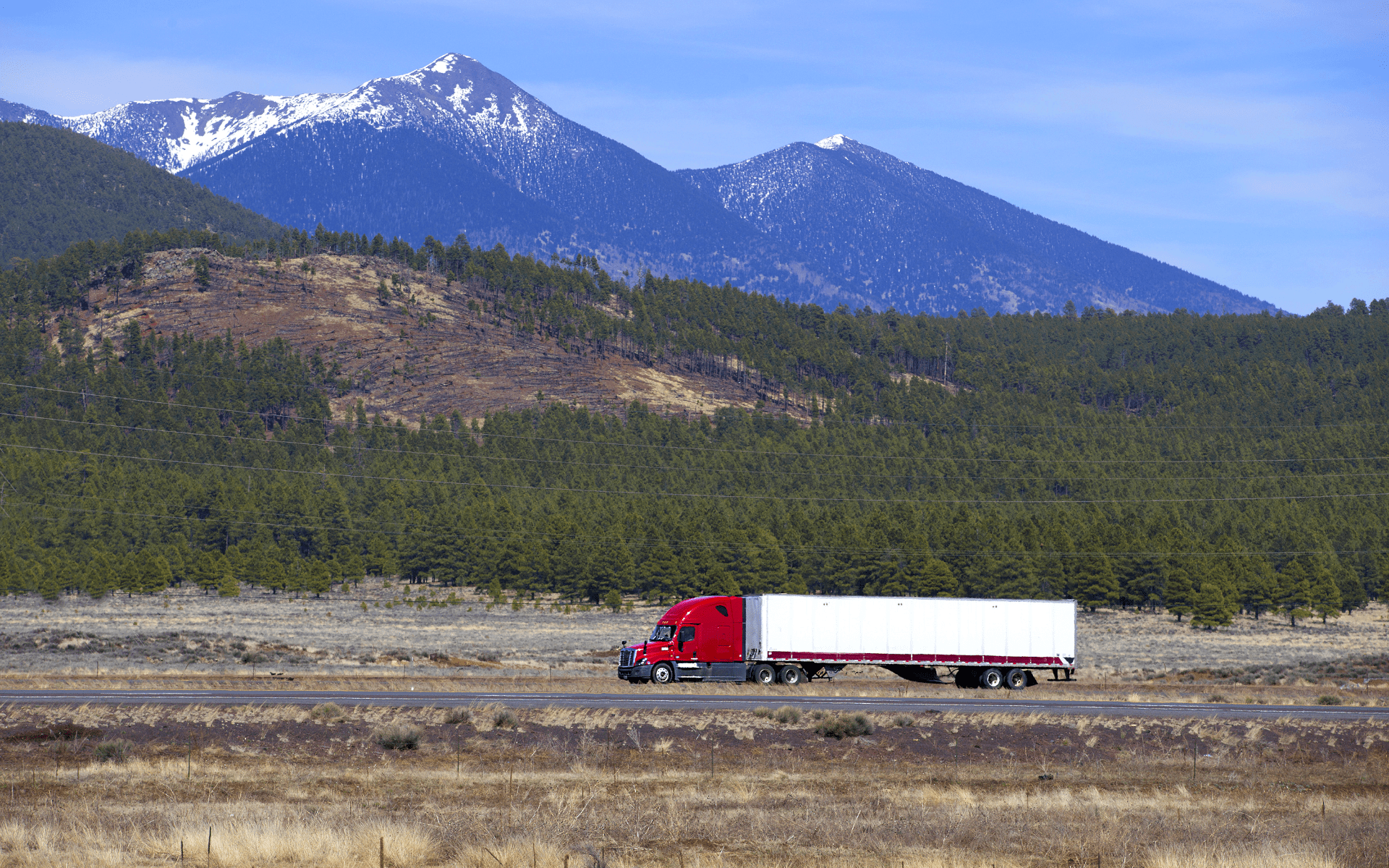Truckers Solution is now part of RTS, Inc!
We are thrilled to share that Truckers Solution is now part of RTS, Inc! This change in ownership will bring new resources and opportunities while ensuring the same level of service excellence. Visit RTS, Inc to find out more about what this means for you.


